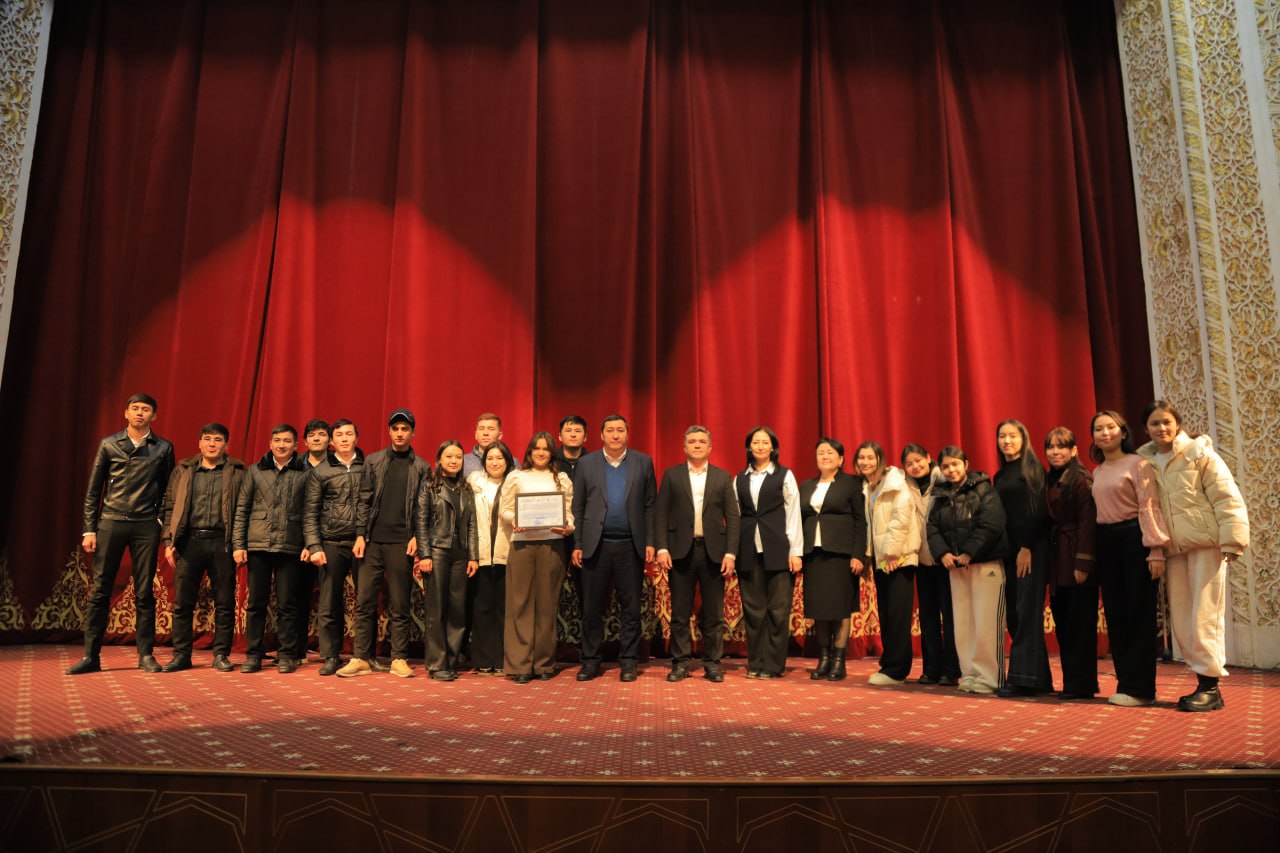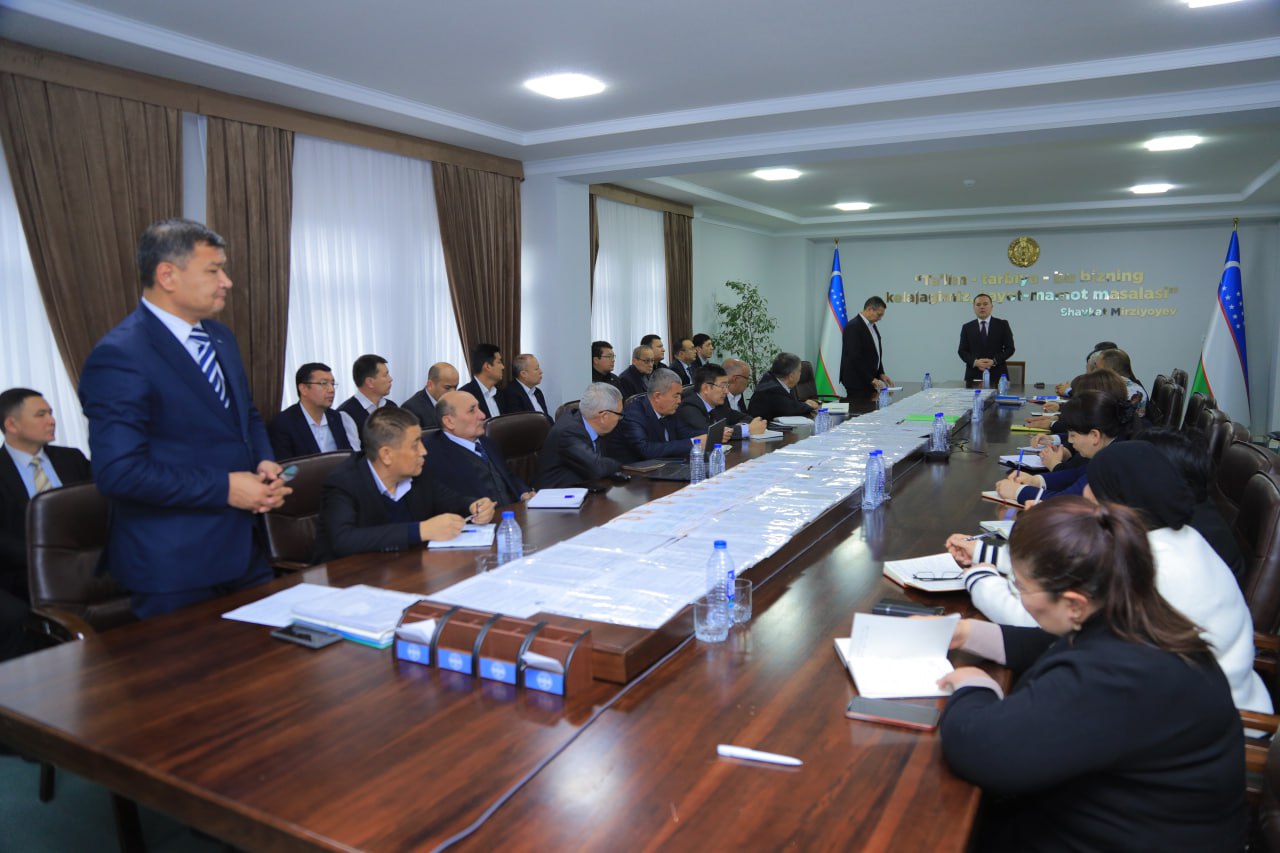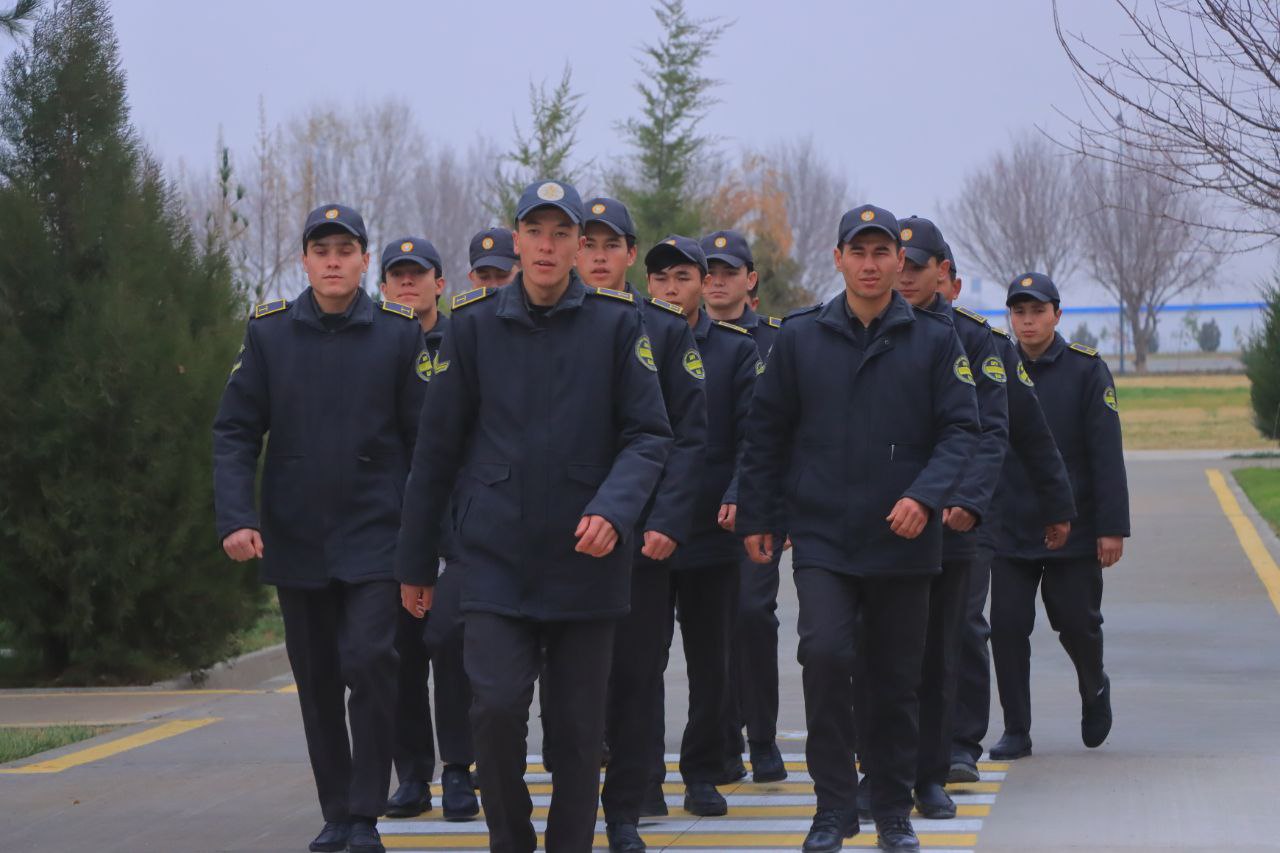Munarova Rano Usarovna – Senior Lecturer,
Department of Theory of Pedagogical Education,
Faculty of Pedagogy and Psychology of JGPU
Аbastract:
The article deals with the problem of communication in psychology. The focus is on pedagogical communication.
Key words: problem, communication, personality formation, play, teaching, need, joint activity, contradiction, empathy.
Communicating with people around in the process of various activities, during games, sports activities, in child labor, entering into informal contacts with peers, older and younger relatives, friends and other people, the child gains different knowledge about the objective world, as well as about the world of ideas and relationships. This is a very effective way of learning, since the exchange of information in communication is characterized by a high level of understanding, low information redundancy, and most importantlysaving time. One of the most pressing problems in psychology is the problem of proper communication with people.
Man is a social being. He lives in a society and, therefore, can and should communicate with members of this society. Without communication there is no society, without society there is no social, rational person, homo sapiens.
The most important way to understand the other is communication with him. the problem of communication is, of course, not limited to psychological science alone. It is also being developed in linguistics, literary criticism, art, etc. At the same time, it is important to emphasize that achievements in the study of communication by other areas of knowledge bordering on psychology have played and continue to play an important role in determining the psychological problematics and methods of psychological analysis of communication. Therefore, considering the problem of communication, we will rely on the richest scientific material contained in the works of psychologists.
The question arises: What is communication?
There are different definitions of communication by psychologists. Let’s consider some of them. Communication is the interaction of two or more people, consisting in the exchange of information between them of a cognitive or affective-evaluative nature.
Communication is a process of interpersonal interaction generated by the needs of interacting subjects and aimed at meeting these needs. The role and intensity of communication in modern society is constantly increasing, since with an increase in the volume of information, the processes of exchange of this information become more intensive, the number of technical means for such an exchange increases.
In addition, the number of people whose professional activities are related to communication is increasing, that is, those who have professions of the “person-to-person” type.
Researchers consider communication in a number of other types of activity: communication, play, learning, etc. (B.G. Ananiev), as a special independent form of the subject’s activity (B.F. Lomov). Sometimes activity and communication are viewed as two sides of a person’s social life; in other cases, communication is understood as an element of any activity, and the latter is considered as a condition for communication (A.N. Leont’ev). Finally, communication can be interpreted as a special kind of activity (A.A.Leontyev).
Many authors (K.A.Abulkhanova-Slavskaya, 1980; A.A.Leont’ev, 1979; K. Obukhovsky, 1972; and others) emphasize that communication is not just an action, but interaction – it is carried out between participants, from which everyone is equal to the bearer of activity and assumes it in their partners.
Communication is a multifaceted process of developing contacts between people, generated by the needs of joint activities.
Man is a social being. He lives in a society and, therefore, can and should communicate with members of this society.
Let’s pay attention to the etymology (origin) of the words “communication” and “society”: they have a common root. And the word “communication” has the same root, but only in Latin – communication (from Latin – communis – common). Without communication there is no society, without society there is no social, rational person, homo sapiens. The most important way to understand the other is communication with him. the problem of communication is, of course, not limited to psychological science alone. It is also being developed in linguistics, literary criticism, art, etc. At the same time, it is important to emphasize that achievements in the study of communication by other areas of knowledge bordering on psychology have played and continue to play an important role in determining the psychological problematics and methods of psychological analysis of communication. Therefore, considering the problem of communication, we will rely on the richest scientific material contained in the works of Russian, Russian and Soviet psychologists.
Inevitably, we are faced with the task of identifying the specific psychological aspect of this category. At the same time, the question of the connection between communication and activity is of fundamental importance. One of the principles of disclosing this relationship is the idea of the unity of communication and activity.
Communication is not only the most important source of information. It also has a significant impact on the perception of the knowledge that the student receives through other channels, in particular, during the educational process of the school, in the process of practical assimilation of the world, from the mass media. In addition, communication largely determines the child’s interest in knowledge in general, obtained from any sources. Communication is one of the most important factors in the emergence, formation, development and strengthening of cognitive interests in a growing person. This especially applies to communication with peers, during which the child expresses his interests and, meeting understanding from his comrades, strengthens his inclinations.
For the effective use of communication as a means of educating schoolchildren, it is necessary to organize its pedagogically guided influence on the life of groups, collectives and individuals. Communication organized with the aim of influencing the pupil in order to include him in activities that contribute to the formation of positive personal qualities and cause him to strive for self-improvement is called pedagogical communication. Its specificity is manifested in a pronounced educational character, since, unlike other types of communication (social, psychological, everyday, etc.), it necessarily provides for the solution of pedagogical problems.
Depending on the pedagogical tasks to be solved, it is customary to distinguish the following types of pedagogical communication: a) direct communication, in the form of direct contacts between the teacher and the pupil; b) mediated communication. It manifests itself when the teacher directs his influence not on the pupil, but on the knowledge that he must assimilate. In addition, he must pay attention to the personality traits that he must form, the values in which he must orient himself in a certain way.
Pedagogical communication is not only communication between the teacher and the educated person, but also the communication of pupils with each other. Communication with peers is not only an independent sphere of a person’s life, but also a factor that permeates all other spheres, since on its basis there is an exchange of spiritual values in the form of a student’s dialogue both with “other I” and in the process of interaction with people around him. This is what determines the role of communication in the educational process. However, communication with peers can destroy, disfigure the interests and inclinations of the child, as well as contribute to the formation of socially dangerous interests. It is in the sphere of communication of students with peers, older and younger students, that the greatest number of conflicts is observed, asocial habits are formed, and illegal behavior is formed and manifested.
In order for pedagogical communication to effectively fulfill its educational functions, in the course of its organization, the following conditions must be met:
- it should be carried out in accordance with a single humanistic principle in all spheres of the pupil’s life – in the family, school, in out-of-school institutions, etc .;
- communication should be accompanied by the education of the child’s attitude to a person as to the highest value;
- in the course of communication, the child’s assimilation of the necessary psychological and pedagogical knowledge, skills and knowledge of other people and dealing with them should be ensured;
- communication must be organized and carried out methodically competently.
The effectiveness of pedagogical communication is largely determined by the style of communication with students the teacher is guided by. The style of pedagogical communication is understood as individually typological features of the interaction between a teacher and a student. It expresses the communicative capabilities of the teacher, the prevailing nature of his relationship with the pupils; the creative individuality of the teacher, the characteristics of the students. The generally accepted classification of styles of pedagogical communication into authoritarian, democratic and conniving (A. V. Petrovsky, Ya. L. Kolominsky, M. Yu. Kondratyev, etc.).
With an authoritarian style of communication, the teacher single-handedly decides all issues related to the life of both the classroom and each student. Based on his own attitudes, he determines the position and goals of interaction, subjectively evaluates the results of activities. The authoritarian style of communication is realized through the tactics of dictatorship and guardianship. The resistance of schoolchildren to the power pressure of the teacher most often leads to the emergence of stable conflict situations. Educators who adhere to this communication style prevent students from showing independence and initiative. They, as a rule, do not understand their pupils, are inadequate in their assessments based only on academic performance. An authoritarian teacher focuses on the student’s negative actions, not taking into account the motives of these actions. External indicators of the success of such teachers (academic performance, discipline in the classroom, etc.) are most often positive, but the socio-psychological atmosphere in their classes is usually unfavorable.
The common features of the permissive and authoritarian styles of communication, despite their seeming opposite, are distant relationships, lack of trust, obvious isolation, alienation of the teacher, demonstrative emphasis on their dominant position. An alternative to these communication styles is the collaboration style of the participants in pedagogical interaction, more often called democratic. With this style of communication, the teacher is focused on enhancing the role of the student in interaction, on involving everyone in solving common affairs. The main feature of this style is mutual interaction and mutual orientation. For teachers adhering to this style, an active-positive attitude towards students, an adequate assessment of their capabilities, successes and failures are characteristic. Such teachers are characterized by a deep understanding of the student, the goals and motives of his behavior, the ability to predict the development of his personality. In terms of external performance indicators, teachers who adhere to a democratic style of communication are inferior to their authoritarian colleagues, but the socio-psychological climate in their classes is always more prosperous.
In pedagogical practice, most often there are “mixed” styles of pedagogical communication. The teacher cannot absolutely exclude from his arsenal some private techniques of the authoritarian style, sometimes quite effective, especially when working with classes and individual students with a low level of social, psychological and personal development. Pedagogical communication in the form of a friendly disposition, which can be considered as a prerequisite for a democratic style, is quite effective. A friendly disposition acts as a stimulus for the development of relationships between a teacher and students. However, friendliness should not violate status positions, therefore one of the most common forms of pedagogical communication is communication-distance. This style is used by both experienced and novice educators.
Thus, an excessively hypertrophied (excessive) distance leads to the formalization of the interaction between a teacher and a student. Distance should correspond to the general logic of their relationship: as an indicator of the teacher’s leading role, it should be based on authority. A thinking teacher, comprehending and analyzing his activities, should pay close attention to what forms of communication are most typical for him and are often used by him. Based on the skills of professional self-diagnosis, he must form a style of pedagogical interaction that is adequate to his psychophysiological parameters, ensuring the solution of the problems of personal growth of the teacher and students.
LITERATURE
- V. Petrovsky General Psychology M. 2001, p. 280)
- The newest psychological and pedagogical dictionary / comp. S. Rapatsevich; under total. Ed. A.P. Astakhova.-Minsk: 2010. Page 524
- Ra’no Munarova, ФАКТОРЫ, МЕТОДЫ И ФОРМЫ РАЗВИТИЯ ТВОРЧЕСКОГО МЫШЛЕНИЯ УЧАЩИХСЯ НАЧАЛЬНЫХ КЛАССОВ , Журнал Педагогики и психологии в современном образовании: № 1 (2021): Zamonaviy ta’limda pedagogika va psixologiya fanlari
- Ra’no Munarova, XУДОЖЕСТВЕННАЯ ЛИТЕРАТУРА КАК СТИМУЛ И СРЕДСТВО САМОВОСПИТАНИЯ , Журнал Педагогики и психологии в современном образовании: № 1 (2020): Journal of Pedagogy and psychology in modern education





